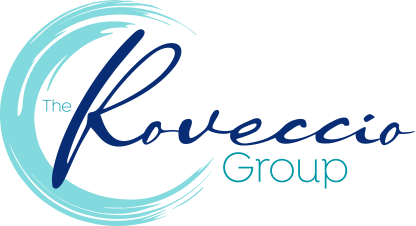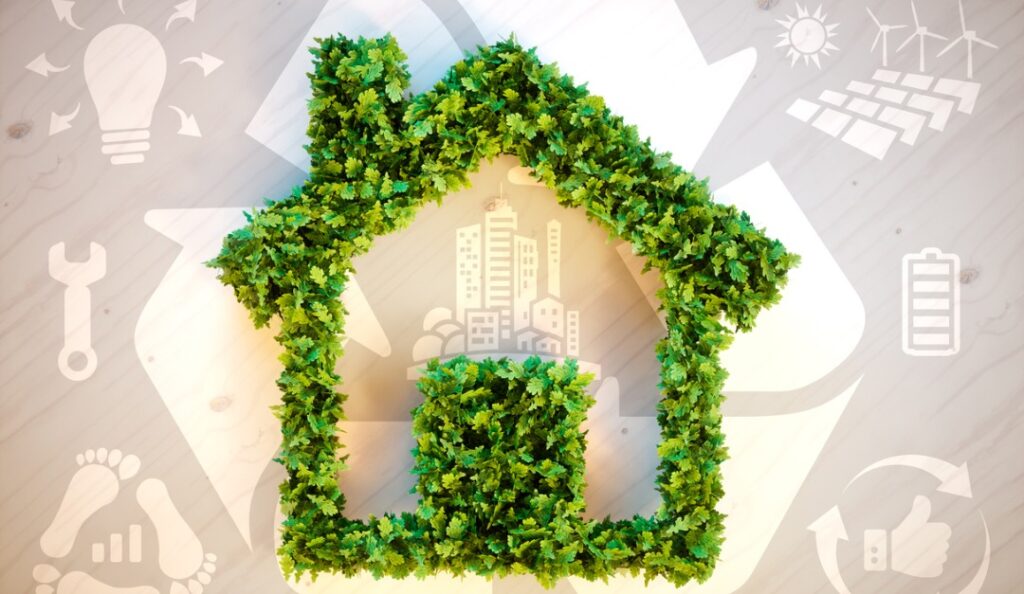Sustainability is more than just a trend in home design”its the future. Thats why so many luxury homeowners are demonstrating a willingness to invest in high-end features that make their living space more eco-friendly. Of course, learning the basics of sustainable design can be like learning a new language. To help get you started, here are a few terms that everyone interested in reducing their homes impact on the environment should know.
Net-Zero Energy
Net-zero energy means that a building produces enough energy through renewable sources, such as wind or solar, to meet its annual energy consumption requirements. This is a common goal for truly green buildings, as it means that a home is no longer reliant on nonrenewable energy sources, like fossil fuels. Taking this concept a step further, net-positive buildings are so efficient that they actually produce even more energy than is needed to power your home.
Greenwashing
Because sustainability has become such an important issue, the unfortunate reality is that many companies take advantage of it simply for marketing purposes without actually fulfilling their commitment to the environment. When looking for sustainable materials to use throughout your home, keep an eye out for reputable certifications that confirm they were sourced responsibly, like the Forest Stewardship Council or the Rainforest Alliance.
Greywater
An easy way to lower your water consumption is to use whats known as greywater to irrigate your property. This concept refers to water thats used for things like bathing, laundry and doing dishes, and then recycled to irrigate your lawn and garden after its run through a filter.
Life-Cycle Assessment
The fact of the matter is that its difficult to truly quantify a materials impact on the environment. How it was grown or extracted from the earth, the distance it was transported to arrive at your home and how long it lasts before needing to be replaced, are just a few of the factors that need to be considered, which is what the term life-cycle assessment refers to. Essentially, this is a way of measuring the total environmental impact of a product throughout the course of its life.
Published with permission from RISMedia.



